Human Synergistics welcomes culture pioneer Edgar Schein and strategy consultant Peter Schein for a unique discussion about insights and metaphors crossing their recent work:
- Humble Inquiry – The Gentle Art of Asking Instead of Telling (Second Edition)
- Humble Leadership – The Power of Relationships, Openness, and Trust
- The Corporate Culture Survival Guide (Third Edition)
- Organizational Culture and Leadership (Fifth Edition)
Learn about why:
- Leadership and management are group sports.
- Effective group work requires moving up the ladder of relationships to personal Level 2. Transactional Level 1 relationships are obsolete and ineffective (and, like Defensive styles, must be transitioned to Constructive styles).
- Organizations are open socio-technical systems in constant interaction with their environments. Culture is built through groups learning together what works and what does not, and is tested continuously through interaction with the environment.
- Culture growth, evolution, and managed change is best thought of as a dynamic system in which culture is the beach perpetually influenced by the waves of leadership which, in turn, are driven by the tailwinds of change and the headwinds of resistance to change.
- Organizational culture is best thought of as consisting of technical culture around the task of the organization and social culture reflecting how the members organize themselves to fulfill the task, and both exist in a macro culture of the country and the industry.
The insights covered are critical for understanding not only organizational culture but also how to shift from Defensive to Constructive norms and styles.
Ed and Peter Schein Biographies
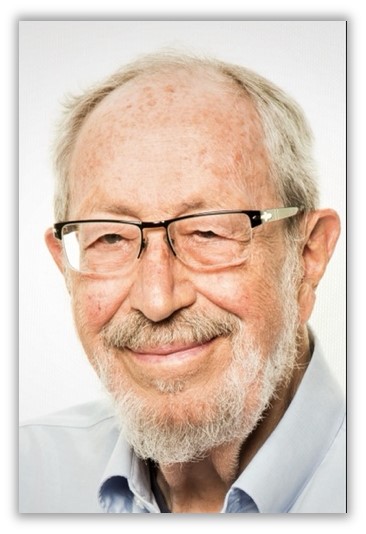 Ed Schein is Professor Emeritus of the Massachusetts Institute of Technology (MIT) Sloan School of Management, and co-founder of the Organizational Culture and Leadership Institute (OCLI.org). He is one of the original scholar-practitioners in the fields of organizational psychology and organizational development and he may be best known for first expanding our understanding of organizational culture. His consulting and coaching has transformed leadership theory and practice since the 1970s. His latest book, Humble Inquiry 2nd Edition, co-authored with his son Peter, is an international best seller. Ed was educated at University of Chicago, Stanford University, and received his PhD in Social Psychology at Harvard University.
Ed Schein is Professor Emeritus of the Massachusetts Institute of Technology (MIT) Sloan School of Management, and co-founder of the Organizational Culture and Leadership Institute (OCLI.org). He is one of the original scholar-practitioners in the fields of organizational psychology and organizational development and he may be best known for first expanding our understanding of organizational culture. His consulting and coaching has transformed leadership theory and practice since the 1970s. His latest book, Humble Inquiry 2nd Edition, co-authored with his son Peter, is an international best seller. Ed was educated at University of Chicago, Stanford University, and received his PhD in Social Psychology at Harvard University.
In 2009, Ed published Helping, a book on the general theory and practice of giving and receiving help followed in 2013 by Humble Inquiry 1st Edition which explores why helping is so difficult in western culture, and which won the 2013 business book of the year award from the Dept. of Leadership of the University of San Diego. In 2016, Ed released Humble Consulting which revises the whole model of how to consult and coach. In 2018, Ed and Peter Schein published Humble Leadership, the signature release in the Berrett-Koehler Humble Leadership Series, which challenges our current theories of leadership and management. Humble Leadership is a Nautilus Book Awards Silver Medalist.
Ed continues to consult with various local and international organizations on a variety of organizational culture and career development issues, with special emphasis on safety and quality in health care, the nuclear energy industry, and the US Forest Service. An important focus of this new consulting is to focus on the interaction of groups, occupational, and organizational subcultures and how they interact with career anchors to determine the effectiveness and safety of organizations.
He is the 2009 recipient of the Distinguished Scholar-Practitioner Award of the Academy of Management, the 2012 recipient of the Life Time Achievement Award from the International Leadership Association, the 2015 Lifetime Achievement Award in Organization Development from the International OD Network, and has an Honorary Doctorate from the IEDC Bled School of Management in Slovenia.
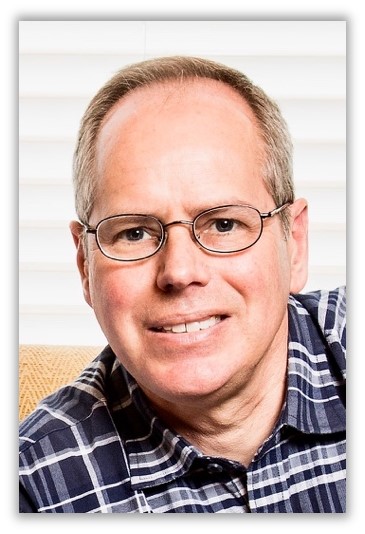 Peter Schein is the co-founder and COO of the Organizational Culture and Leadership Institute (OCLI.org) in Menlo Park, CA. Prior to OCLI.org, Peter was a strategy and corporate development executive at large and small technology companies in Silicon Valley, including Apple, SGI, Concentric Network (XO), Packeteer (Blue Coat), Sun Microsystems, and other start-up ventures. Peter was educated at Stanford University (BA, Social Anthropology) and Northwestern University (MBA, Kellogg GSM). He is a contributing author of Organizational Culture and Leadership, 5th Edition (2017), and co-author of The Corporate Culture Survival Guide 3rd Edition (2019), Humble Leadership (2018), and the 2nd Edition of Humble Inquiry (2021).
Peter Schein is the co-founder and COO of the Organizational Culture and Leadership Institute (OCLI.org) in Menlo Park, CA. Prior to OCLI.org, Peter was a strategy and corporate development executive at large and small technology companies in Silicon Valley, including Apple, SGI, Concentric Network (XO), Packeteer (Blue Coat), Sun Microsystems, and other start-up ventures. Peter was educated at Stanford University (BA, Social Anthropology) and Northwestern University (MBA, Kellogg GSM). He is a contributing author of Organizational Culture and Leadership, 5th Edition (2017), and co-author of The Corporate Culture Survival Guide 3rd Edition (2019), Humble Leadership (2018), and the 2nd Edition of Humble Inquiry (2021).
Webinars are Copyrighted © by Human Synergistics International 2021. All Rights Reserved.

 Ed Schein is Professor Emeritus of the Massachusetts Institute of Technology (MIT) Sloan School of Management, and co-founder of the Organizational Culture and Leadership Institute (OCLI.org). He is one of the original scholar-practitioners in the fields of organizational psychology and organizational development and he may be best known for first expanding our understanding of organizational culture. His consulting and coaching has transformed leadership theory and practice since the 1970s. His latest book, Humble Inquiry 2nd Edition, co-authored with his son Peter, is an international best seller. Ed was educated at University of Chicago, Stanford University, and received his PhD in Social Psychology at Harvard University.
Ed Schein is Professor Emeritus of the Massachusetts Institute of Technology (MIT) Sloan School of Management, and co-founder of the Organizational Culture and Leadership Institute (OCLI.org). He is one of the original scholar-practitioners in the fields of organizational psychology and organizational development and he may be best known for first expanding our understanding of organizational culture. His consulting and coaching has transformed leadership theory and practice since the 1970s. His latest book, Humble Inquiry 2nd Edition, co-authored with his son Peter, is an international best seller. Ed was educated at University of Chicago, Stanford University, and received his PhD in Social Psychology at Harvard University.  Peter Schein is the co-founder and COO of the Organizational Culture and Leadership Institute (OCLI.org) in Menlo Park, CA. Prior to OCLI.org, Peter was a strategy and corporate development executive at large and small technology companies in Silicon Valley, including Apple, SGI, Concentric Network (XO), Packeteer (Blue Coat), Sun Microsystems, and other start-up ventures. Peter was educated at Stanford University (BA, Social Anthropology) and Northwestern University (MBA, Kellogg GSM). He is a contributing author of Organizational Culture and Leadership, 5th Edition (2017), and co-author of The Corporate Culture Survival Guide 3rd Edition (2019), Humble Leadership (2018), and the 2nd Edition of Humble Inquiry (2021).
Peter Schein is the co-founder and COO of the Organizational Culture and Leadership Institute (OCLI.org) in Menlo Park, CA. Prior to OCLI.org, Peter was a strategy and corporate development executive at large and small technology companies in Silicon Valley, including Apple, SGI, Concentric Network (XO), Packeteer (Blue Coat), Sun Microsystems, and other start-up ventures. Peter was educated at Stanford University (BA, Social Anthropology) and Northwestern University (MBA, Kellogg GSM). He is a contributing author of Organizational Culture and Leadership, 5th Edition (2017), and co-author of The Corporate Culture Survival Guide 3rd Edition (2019), Humble Leadership (2018), and the 2nd Edition of Humble Inquiry (2021). 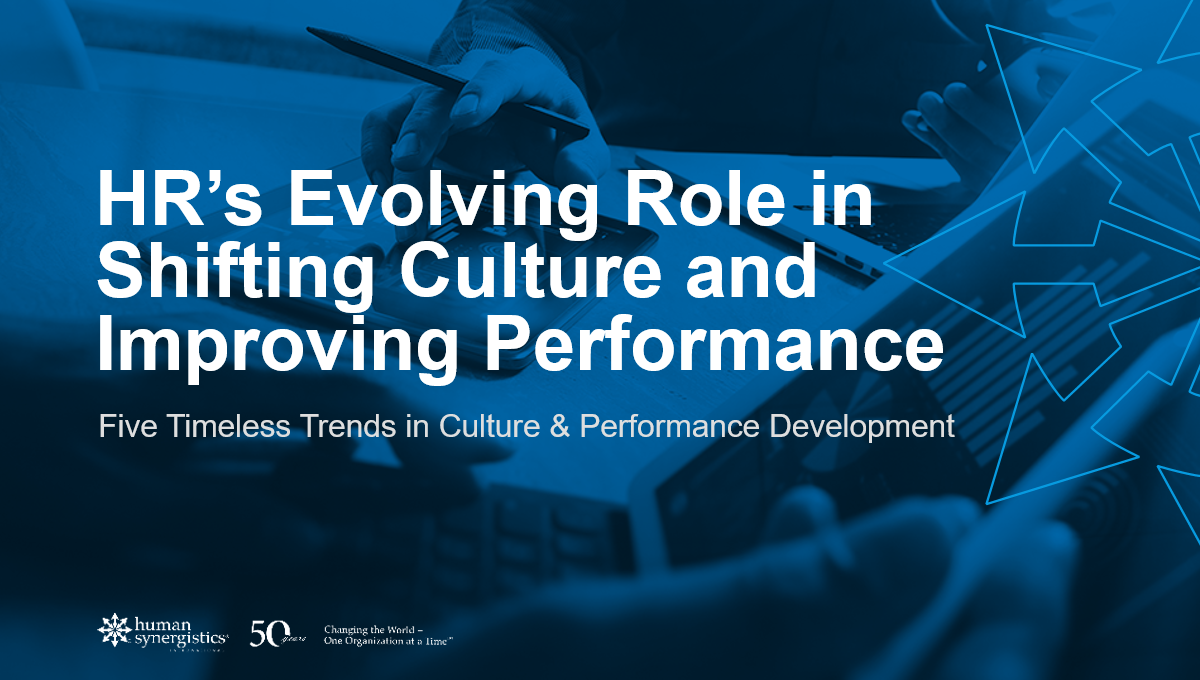
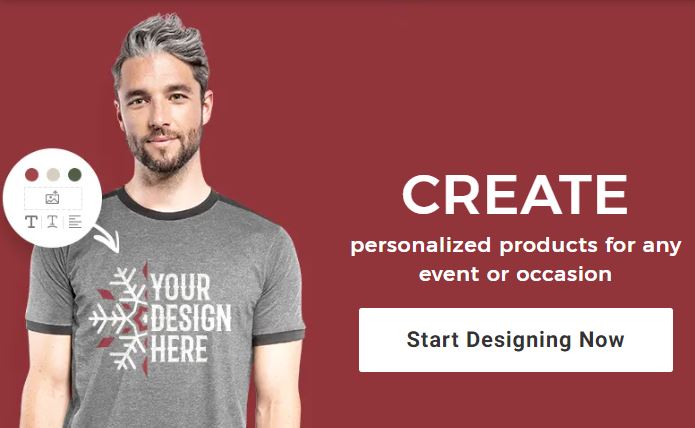
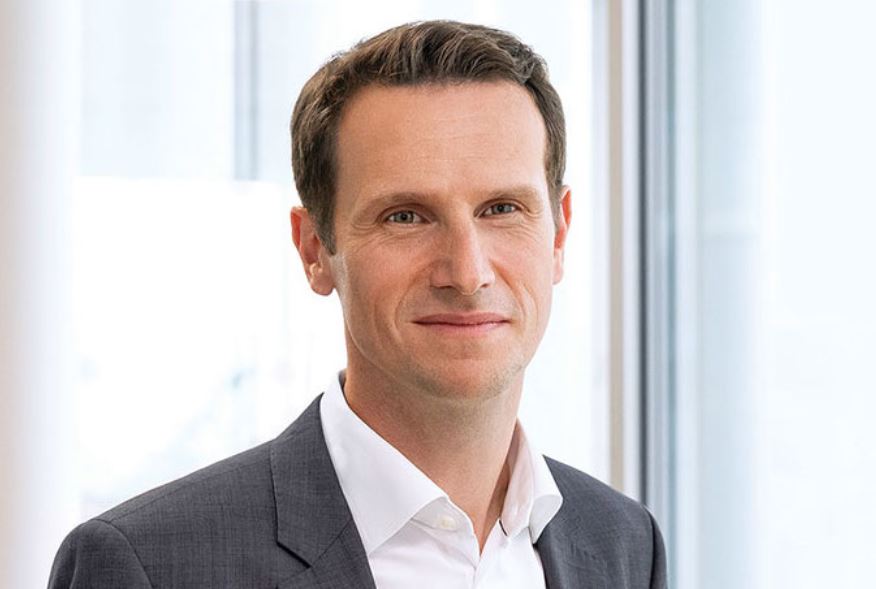
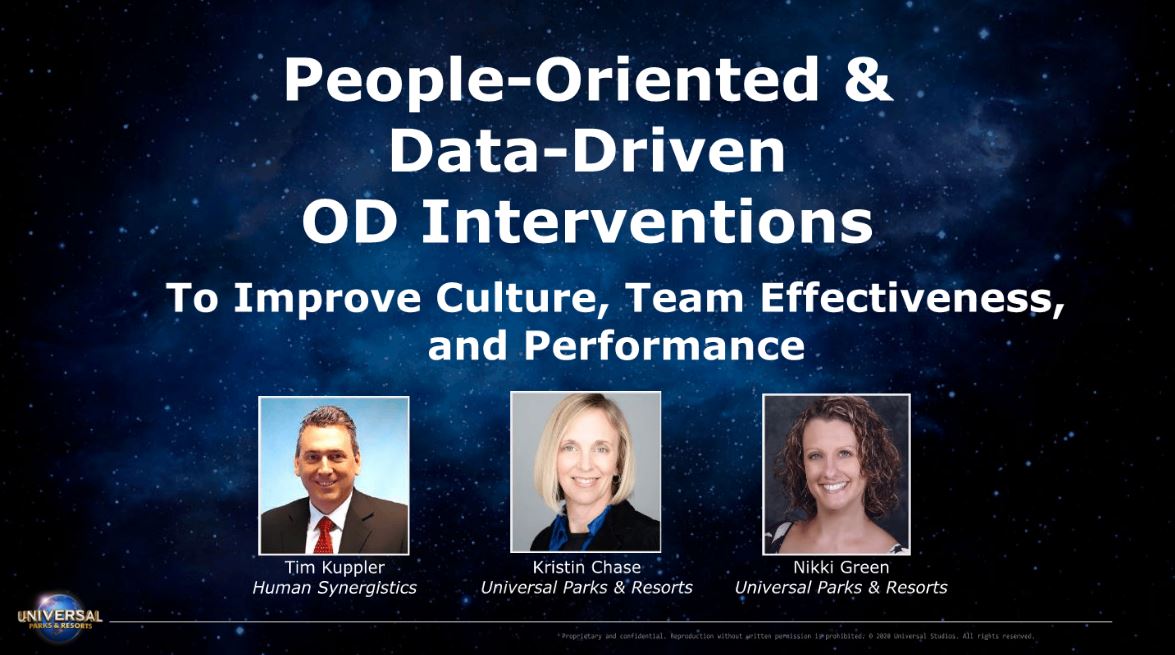


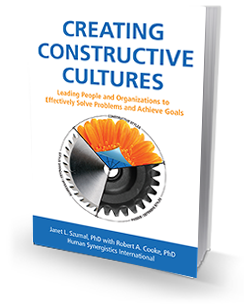 If attracting and retaining talent, encouraging innovation, expediting strategy implementation, and bolstering expansion and growth are at the top of your organization’s agenda, then you need to read Creating Constructive Cultures.
If attracting and retaining talent, encouraging innovation, expediting strategy implementation, and bolstering expansion and growth are at the top of your organization’s agenda, then you need to read Creating Constructive Cultures.